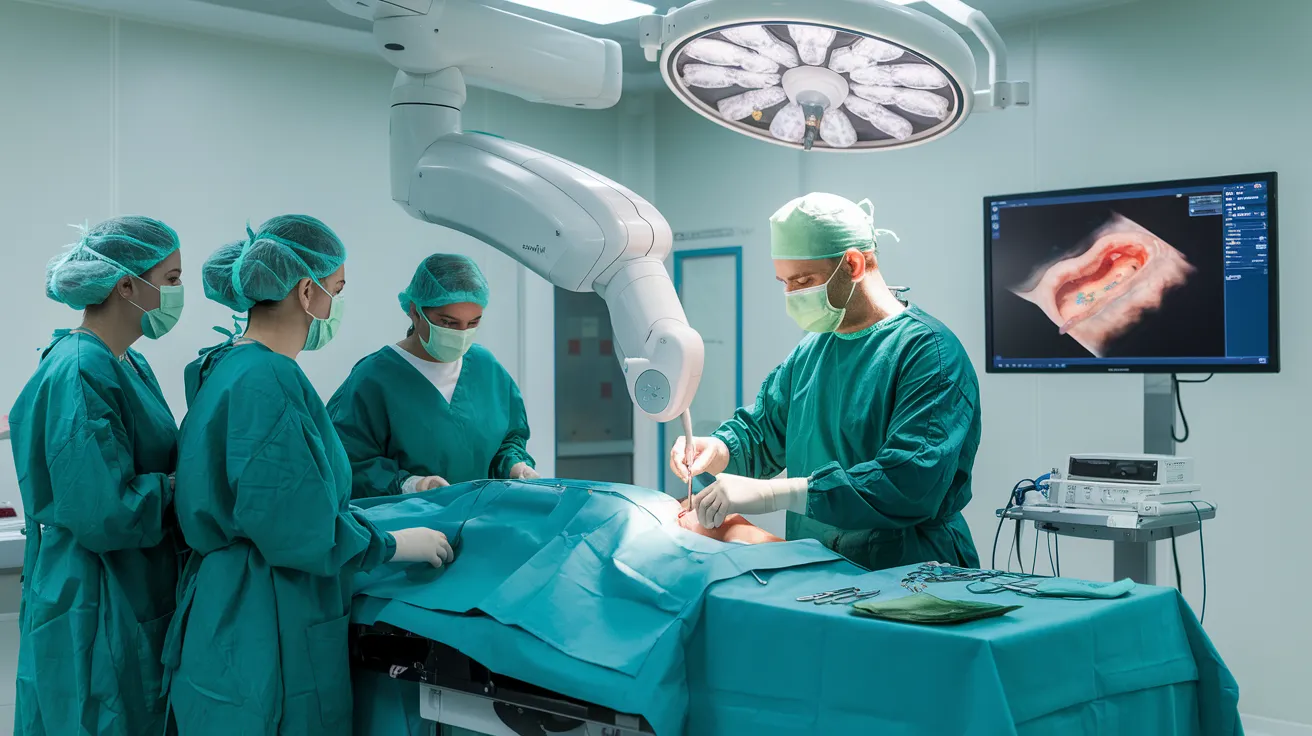AI Enabling Advances in Surgery

Artificial intelligence (AI) is significantly transforming the healthcare landscape, especially in the field of surgery. This technological advancement introduces numerous benefits, particularly in preoperative planning, intraoperative guidance, and predictive analytics. The integration of AI allows for personalized treatment plans, moving away from a one-size-fits-all paradigm that has dominated traditional surgical practices.
Enhancing Preoperative Planning with AI
AI is revolutionizing preoperative planning by processing extensive patient data to create tailored treatment strategies. Historically, surgical teams relied on static imaging, which presented only a brief view of a patient’s anatomy. However, with the advent of advanced AI and machine learning technologies, it is now possible to develop dynamic and interactive 3D models that represent a patient’s unique anatomy. Surgeons can manipulate these models in real-time, allowing better assessment of anatomical relationships and clearer visualization of potential surgical paths. This customized approach not only increases the precision of surgical planning but also heightens patient safety and outcomes by aligning procedures with individual anatomical variations.
AI-Driven Intraoperative Guidance
During surgery, AI-driven intraoperative guidance enhances the precision of surgical techniques. Traditional guidance methods often become obsolete if a patient shifts position or if reference points change during the operation. In contrast, AI technologies integrate preoperative imaging with real-time visual data, adjusting automatically as the procedure unfolds. This capability significantly reduces risks associated with outdated information and improves overall surgical safety. By merging AI with imaging technologies, surgeons receive continually updated visualizations that reflect the patient’s current state, allowing them to operate more confidently and accurately while minimizing exposure to unnecessary radiation.
Exploring the Potential of Digital Twins
The concept of digital twins—virtual replicas of a patient’s anatomy—serves as another critical application of AI in surgery. Through these digital models, surgeons can investigate various surgical scenarios and outcomes before making real-time decisions. This technology, coupled with depth-sensor capabilities, facilitates the visualization of anatomical structures in 3D, offering an unprecedented view for navigating complex situations. By allowing real-time adjustments during surgery, AI digital twins enhance surgical planning and increase the likelihood of favorable outcomes for patients.
Leveraging Predictive Analytics for Improved Outcomes
Moreover, AI’s role in predictive analytics is crucial in shaping future surgical practices. By analyzing comprehensive data from prior procedures, AI can identify patterns and predict potential complications, thus enabling surgeons to make informed decisions personalized to each patient’s specific needs. The resulting insights help create preemptive strategies that eliminate risks, ultimately raising the standard of care in surgical environments. As predictive analytics evolve, they will continue to inform and improve surgical practices, ensuring that patient care is both precise and efficient.
In conclusion, AI is indisputably playing a pivotal role in advancing surgical practices. From personalized preoperative planning to real-time intraoperative guidance and predictive analytics, AI augments the capabilities of surgeons and enhances patient care. As technology progresses, it is poised to further enhance the safety and efficacy of surgical interventions, reflecting a promising future in the integration of AI within healthcare.